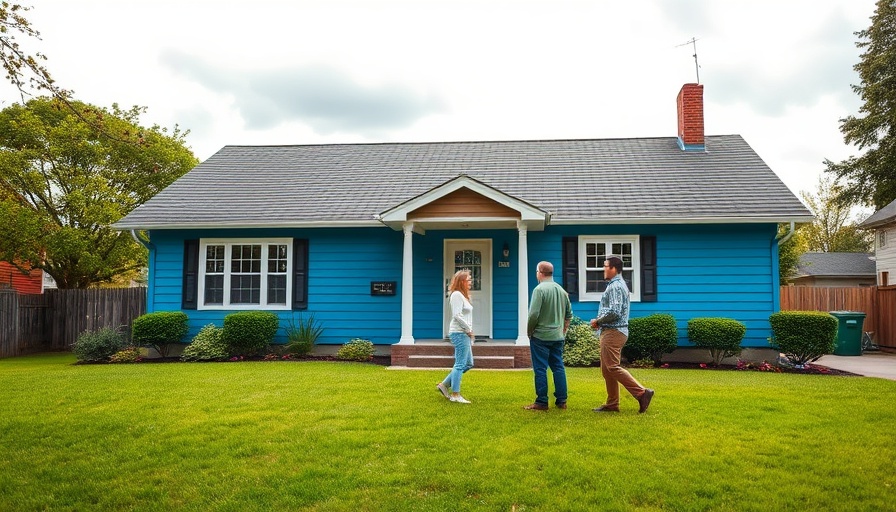
Measure Smart to Avoid Paint Pitfalls
When gearing up for a paint job, whether it’s the interior of your compact home in Seattle or the exterior of a sprawling residence in Charlotte, measuring correctly is crucial. Experts agree that accuracy allows for a high-end finish. To begin, calculate the square footage by measuring the height and width of your walls. Always plan for two coats—this not only ensures a uniform finish but also helps in hiding previous colors. Adding an additional 10-15% accounts for touch-ups or batch consistency, particularly on larger jobs where color can vary.
Understanding Surface Variability
One of the most critical aspects of estimating how much paint to purchase is recognizing how different surfaces absorb paint differently. For instance, textured walls, as well as materials like brick and stucco, can necessitate up to 50% more paint compared to smooth walls. Therefore, subtract any non-painted areas such as doors and windows from your total wall square footage to ensure accurate calculations. Neglecting this can lead to frustrating last-minute runs to the hardware store.
Include All Areas, Not Just Walls
People often forget that ceilings, trim, and architectural features significantly contribute to total paint coverage. Even odd spaces or nooks can increase paint usage by 20-30%. To avoid underestimating your needs, it's essential to account for every inch that will need a coat of paint. This meticulous approach helps maintain consistency and leads to a seamless finish.
The Cost of Going Bold
When it comes to choosing colors, bold shades have their unique challenges. Typically, one gallon of paint covers approximately 350 to 400 square feet, but darker hues often require several coats to achieve even coverage. By purchasing an extra can when working with rich tones, homeowners can stave off patchiness and avoid the headache of trying to match color later.
Visualize Before You Buy
Modern technology now provides easy tools for visualization that can help homeowners plan better. By using paint visualizer tools, you can test color schemes and room layout ahead of time. This foresight reduces the likelihood of overbuying and enhances color confidence—making your painting project less of a gamble.
Invest Wisely in Your Paint
While it may seem tempting to save money by opting for cheaper paint, it can be costly in the long run. Coverage can vary drastically; premium paint might only need two coats, while lesser brands could require four or more to achieve the same result. Choosing high-quality paint ensures better coverage and durability, ultimately saving you time and money.
Planning for Maintenance
Final tip: always think of future maintenance. While it’s essential to plan for two coats, do not overlook the importance of having some leftover paint for touch-ups. This gives you a safety net against wear and tear, and it’s far preferable to trying to find the perfect match for a faded patch down the line.
Whether you are embarking on a DIY adventure or hiring professionals, estimating how much paint is necessary can optimize your time and budget. Remember, thoughtful planning paves the way for a flawless finish—making every room in your home shine bright.
 Add Row
Add Row  Add
Add 




 Add Row
Add Row  Add
Add 

Write A Comment